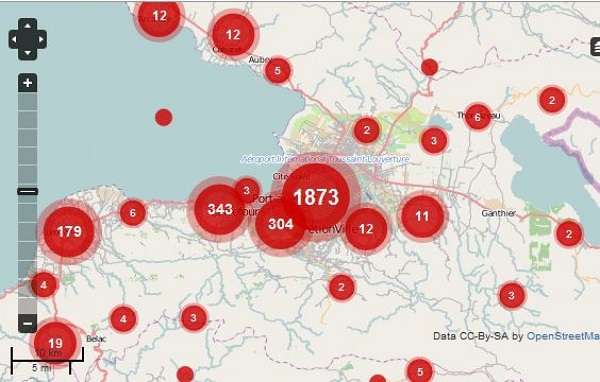Big Data Can Save Lives
In light of the recent massive natural disasters (Hurricane Irma that swept North America and the Caribbean, and the earthquake that hit Mexico) we have turned our attention to the ways in which big data has the potential to save lives.
Amos Gery, lecturer for our ICT programme with over 20 years of experience in the hi-tech industry, explains that the term 'big data' refers to the fact that, increasingly, everything we do leaves a digital trace that can be used and analysed.

The concept that all our activities, conversations, locations, photos and videos are now traceable strikes fear into our hearts, as big brother scenarios and insufficient protections leave us feeling vulnerable. However, we may overlook the potential big data has to advance our well-being. One of the ways it has been doing this, with unprecedented success, is by aiding rescue efforts during mass disasters or crises, when victims and rescue missions need services and information from each other.
The economy has already been leveraging all types of data to gain insights by using cloud computing, distributed systems and the latest software and analysis approaches. Professionals have succeeded in optimising business and public processes in cities and countries, as well as improving security, law enforcement, sports performance and even health. Humanitarian and rescue efforts, however, have been lagging behind in understanding the potential of leveraging big data. They began to witness its power during the powerful earthquake that devastated Haiti in 2010.

Credit: Ushahidi
In the aftermath of the earthquake survivors, humanitarian and rescue missions used the Kenyan developed software “Ushahidi” (testimony or witness in Swahili), which enables gathering information from SMS, email and the web and putting it on a map to see and report what is happening where. People converted tweets, that were converted from SMS messages and put them into the open-source maps that were uploaded to the Internet. It showed where those who needed help were located and what areas to avoid. Ushihidi was later used in a similar way after the Tsunami and nuclear fallout in Japan in 2011.
In addition to Crisis Maps, the programme has been used to upload election maps, corruption maps and environmental crowd maps, serving multiple causes across the globe.
Developed afterwards, the Trilogy Emergency Response Application (TERA) has also been leveraging crowd sourcing to help communities prepare for disasters with early warning SMS, advance public health campaigns and more.
***
More on how big data is being used to advance our well-being and on leveraging its potential is taught in our Advanced ICT Management: Trends and Strategies programme.

